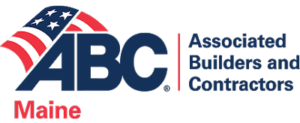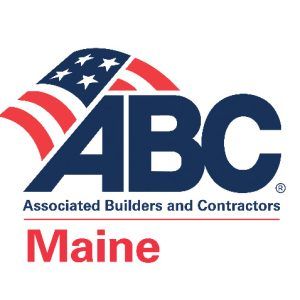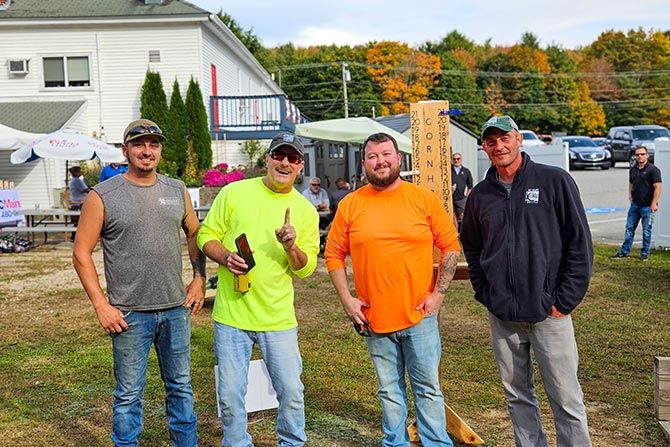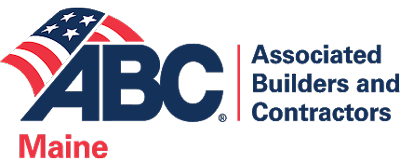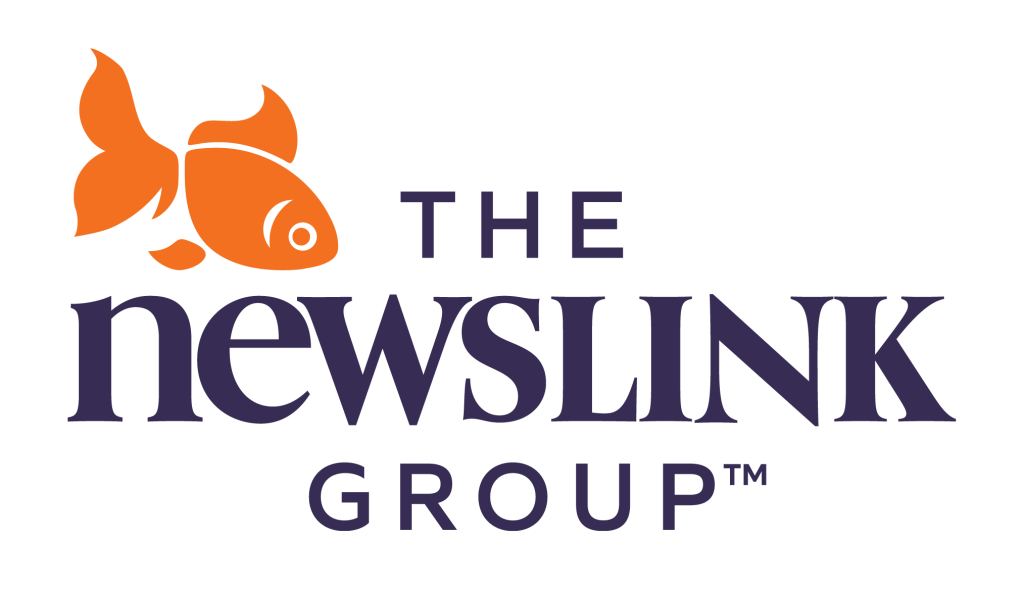Focusing on mental health and suicide prevention should be a priority for every employer. Our workforce has the right to a safe and healthy work environment. In fact, working is an excellent support for good mental health. Working provides a livelihood, a sense of purpose and an opportunity for positive inclusion in a work-family, among other things.
According to the Bureau of Labor Statistics, in May 2025, 62.4% of the U.S. population was actively a part of the workforce. Of that, approximately 8.314 million people were employed in construction jobs. Add to that the fact that construction workers are at a significantly higher risk of suicide compared to the general population, and it begs the question: Is your workplace doing everything it can to help employees have good mental health?
Nearly one in five adults has experienced some mental health disorder. Research indicates that mental health conditions — such as depression, psychosis, substance use, anxiety, personality-, eating- and trauma-related disorders — can increase the risk of suicide. In fact, according to the American Foundation for Suicide Prevention, 90% of people who die by suicide have a diagnosable and potentially treatable mental health condition.
Many of us have been affected by the epidemic of suicide and have lost friends and loved ones. In 2024, over 49,000 people committed suicide. There were also an estimated 1.5 million suicide attempts. Health officials say this is the highest rate of suicide that our nation has seen since 1941 — a tragic reality of the world in which we live.
Suicide does not discriminate. Anyone can be affected, from teachers and food servers to emergency first responders, air traffic controllers and construction workers. When mental health issues are not dealt with, it affects a wide range of people — from families and friends to co-workers, as well.
According to the CDC, 53.3 construction workers out of every 100,000 commit suicide. These numbers are made even more sobering in stark contrast to the average suicide rate in the United States. It is just 12.93 individuals per 100,000 people. The suicide rate among construction workers is at least four times greater than the national average. That is heartbreaking.
“This is a national tragedy, and we must end these unprecedented, unacceptable and devastating deaths among our colleagues,” said Greg Sizemore, ABC vice president of health, safety, environment and workforce development. “Construction workers work with tools every day, and we must equip our workers with the tools they need to prioritize mental health and protect their emotional well-being. They will use them.”
“The risk factors for construction workers aren’t new,” said Michelle Walker, a CIASP board member. “A stoic, independent, tough‑guy mentality may keep workers from seeking help. Others may not offer help because they don’t feel comfortable intervening.”
Men are twice as likely to die by suicide as women, and the demographics in the construction industry certainly play a role: Over 96% of construction workers are men. Other risk factors might involve chronic pain due to the physical nature of the job, substance abuse and shift work that often disrupts sleep and time away from home.
It is time to shatter the stigma surrounding mental health issues to create a zero-suicide industry. Employers can build a resilient workforce by providing access to resources to improve total human health: physical, mental, emotional, social, intellectual, financial, occupational and spiritual wellness.
As an employer or a co-worker, it is essential that you recognize the warning signs of a potential suicide. Those signs include:
- Appearing sad or depressed.
- Increased tardiness and absenteeism.
- Talking about feeling trapped.
- Expressing a desire to die.
- Decreased productivity at work.
- Isolating from others at work.
- Extreme mood swings.
- Increased use of drugs or alcohol.
- Decreased self-confidence.
- Feeling hopeless and helpless.
- Sleeping too much or too little.
- Acting anxious, agitated, or reckless.
- Neglect of appearance or hygiene.
- Withdrawing from family and friends.
- A feeling of being a burden to others.
- Decreased problem‑solving ability.
This begs the question: Have you empowered your employees to take action to help address mental health and prevent the tragedy of suicide?
The CIASP developed a Suicide Prevention Integration Checklist to assist construction companies in building their mental health promotion and suicide prevention in the workplace. This checklist was designed for company leaders to evaluate who will be responsible for its implementation. Since every company operates differently and has unique needs and resources, some parts of the list might not apply in all situations.
The Integration Checklist is broken down into five parts:
- Corporate attention to and consideration of mental health.
- Resources in place for employees dealing with mental health issues.
- Readiness within the company to deal with suicidal employees.
- Building protective factors.
- Crisis response.
Download the Mental Health & Suicide Prevention for Construction Companies checklist.
This checklist should not be considered a “one-and-done” portion of a company’s processes and procedures. It should be a fluid, ever-present, update-when-necessary segment that is reviewed, studied and trained frequently. Take action to determine who might be in need. All managers, supervisors and even line employees must be aware of the company’s commitment to addressing risk factors and preventing suicide.
CIASP wants to encourage construction industry employers to do whatever it takes to prevent possible suicides. Making suicide part of the company conversation allows people to get comfortable with the topic and be more likely to speak up if help is needed. CIASP asks that everyone STAND up to prevent suicide in the construction industry:
Safe: Create a culture in which team members feel safe to ask for help or speak up if concerned about their co-workers.
Training: Make suicide prevention training available to all team members so they can recognize the warning signs and be equipped to help those at risk.
Awareness: Raise awareness by sharing the message of suicide prevention through organizational activities such as training, safety meetings, toolbox talks, team meetings, newsletters and social media posts.
Normalizing: Normalize the topic of suicide prevention as a health and safety priority by talking about suicide, suicide prevention and mental health.
Decreasing: Help decrease the risk of suicide in construction by ensuring all team members have access to an awareness of CIASP’s action plans, behavioral health benefits, screening tools, community crisis support, the suicide prevention lifeline and crisis text line.
CIASP is not the only organization concerned with suicide prevention in the workplace. ABC National has developed a program to empower employers to help their employees.
As stated on abc.org, “ABC members care about their employees. Not only do they want to send them home safe at the end of the shift, but they also want them to live a healthy lifestyle and enjoy the abundance life has to offer through their careers and beyond.”
The Total Human Health Initiative encompasses multiple dimensions of health and is organized into four easy-to-remember and straightforward categories: Body, Heart, Mind and Soul.
Total Human Health is focused on building a resilient workforce connected through relationships and engaged in performing construction work to a high standard of safety, quality and effectiveness.
The workforce is our most important resource, with highly skilled individuals who are ready to build the places where America lives, learns, works, heals, plays and prays. We cannot achieve anything without our workforce.
The driving imperative behind Total Human Health in our labor-intensive industry is twofold:
- Address the changing demographics of the workforce and the workforce shortage in the skilled trades.
- Work to reduce the high suicide rate among construction workers.
Employers should incorporate mental health protections to prevent suicide in the workplace.
To help employers establish guidelines to create a healthy workplace, ABC has provided a toolkit for leaders to review and start making healthy changes.
There are also assessment tools that management teams can fill out to determine areas where improvement is needed.
Perhaps the easiest way to communicate the earnestness with which your company addresses suicide prevention is to ensure they see that you do. You can easily do this with posters strategically placed in breakrooms, kitchens, restrooms, hallways and other communal spaces. Talking about suicide prevention also helps, and by bringing up the subject, you’re telling your employees that you care and help is available. The message does not have to be grand nor elaborate in nature; it just needs to be spoken, and often.
Something else to consider is suicide postvention. Postvention is described as the provision of crisis intervention and other support after a suicide has occurred to address and alleviate the possible effects of suicide. The impact of traumatic events often leads people to react impulsively in ways that might cause further damage. It is vital to stabilize your workforce as soon as possible to facilitate a return to what will undoubtedly be a “new normal.”
While suicides do not usually happen at work, this does not mean they cannot or that the construction industry is not suffering substantially. Implementing any — or all — of the suggestions outlined in this article can go a long way to making your business and the construction industry more prepared to prevent, or in the event of, a tragedy.
Download free informational posters for use in the workplace.
